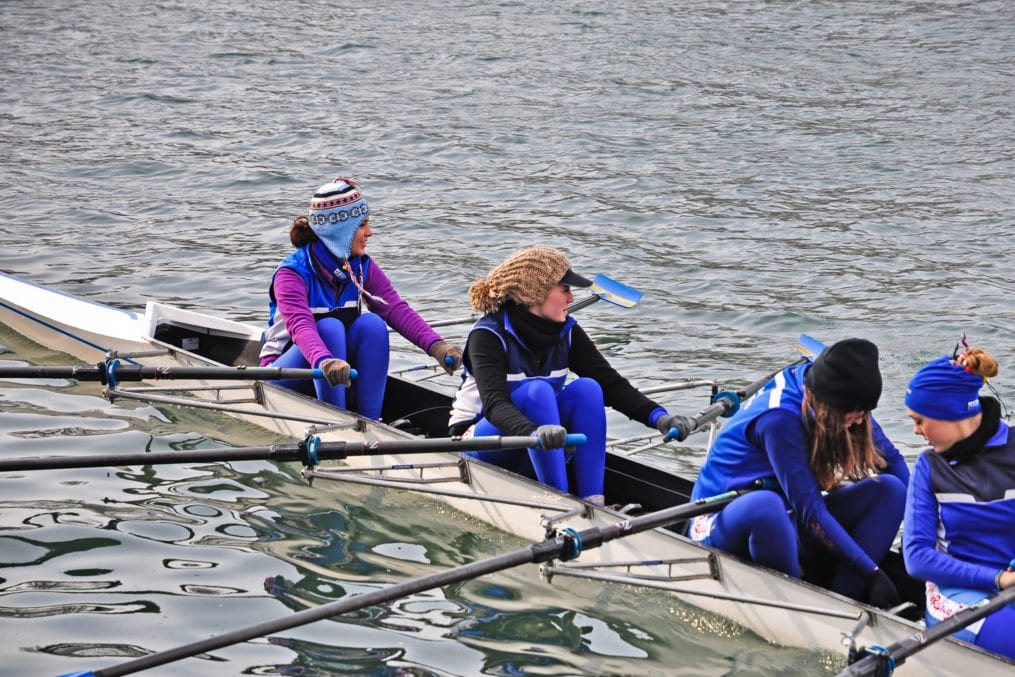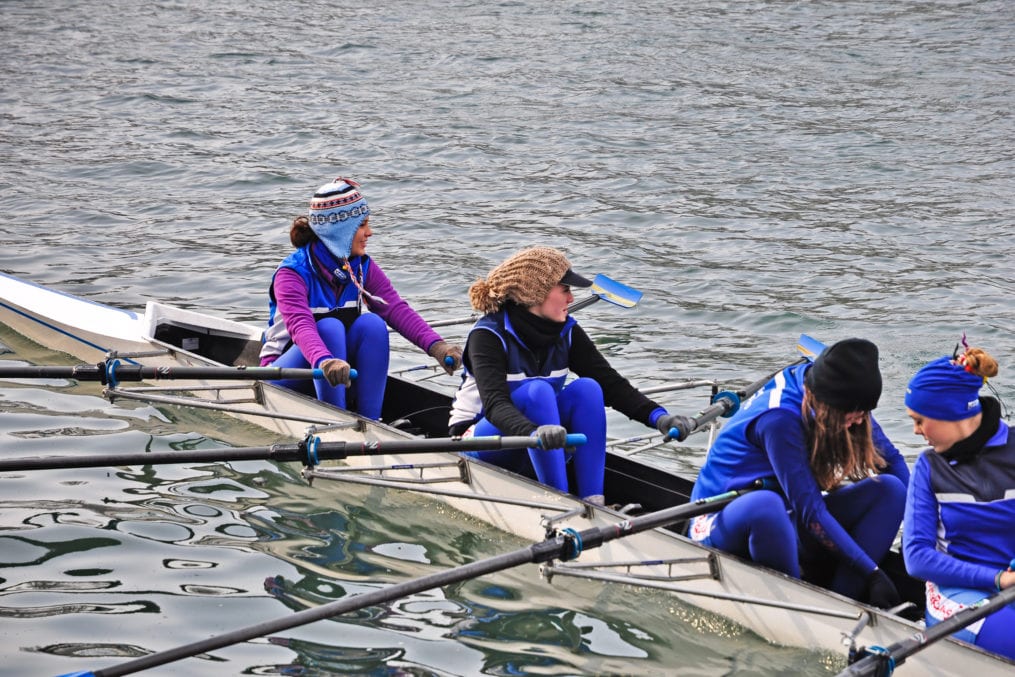Get started: rowing

Women’s rowing is on the rise: no doubt you’ll be inspired by the GB women’s rowing team, which includes three-time Olympic silver medalist Katherine Granger – at the moment. Plus, back on home turf, the introduction of the Oxford vs Cambridge women’s boat race alongside the men’s a couple of years ago marked a historic turning point, and more of us are discovering a sport that keeps you fit, builds confidence, and works your muscles.
‘Rowing has become very popular,’ says Dez Atkins, director of rowing and women’s coach at Nottingham Rowing Club (www.nottingham-rowing-club.co.uk). ‘People love putting a boat on the water, paddling somewhere for a nice pub lunch and then paddling back at their own pace,’ he explains. Sounds like a nice change from a spinning class…
Here’s how to get started…
Build a better body: the fitness benefits of rowing
Summer is a great time to start rowing: it’s not so cold if you do fall in and you’ll get more time on the river, as the bad winter weather won’t stop you training. Before you go out on the water, everyone learns a capsize drill in a swimming pool, but you don’t have to be able to swim.
‘It is recommended, but not compulsory,’ says Atkins. ‘Some veteran rowers who’ve been going for years can’t swim.’ And you don’t need to be super- fit to get started on rowing exercise benefits. ‘It’s an all-over body workout, so gets you fit,’ he says. You don’t need strong shoulders or arms either. Atkins says, ‘Most of the work is done by your legs, not your arms. Rowing works from the feet up, so you use your legs and core muscles, a bit of your shoulders, and your arms do the least amount of work. It’s a great cardiovascular workout, too.’
And you won’t spend all your time in a boat. Around 70-80 per cent of training is done on the water, but the other 20-30 per cent is spent in the gym doing circuits or core-strength work. Rowing is also a low-impact sport; ideal if you have joint problems or just can’t see the point of jogging. ‘It’s preferable for rowers to avoid other sports that impact the body, like running, as any injury can put you out of training for weeks. Low-impact sports like cycling or swimming are much better instead,’ says Atkins.
The basics: how to get into rowing
During an introductory, or beginners, rowing course, you normally start off by skulling – using two blades – in a boat by yourself. Once you’ve mastered that, you’ll progress to proper rowing; using just one blade and working as part of a pair, quad or eight.
Atkins says, ‘After the course, you can join your club’s novice group. The coach usually decides where you’d perform best, depending on your size and skill level.’ If you get bitten by the racing bug, your coach will choose a position for you and you’ll join the team to start training, but you can stick to the recreational group, which is more about relaxing and taking rowing tours. In racing season, professionals can train up to three times a day for a couple of hours each session, for 20 days non-stop!
For ‘weekend rowers’, two hours once or twice a week is enough to maintain your skills and fitness. Wear trainers you don’t mind getting wet and a light waterproof jacket (avoid tracksuit bottoms and baggy sweatshirts). You don’t need special kit or experience to start rowing – it’s open to everyone!
Find a club at www.britishrowing.org or www.explorerowing.org. Expect to pay around £100-£150 for a six to 10-week beginner’s course.







